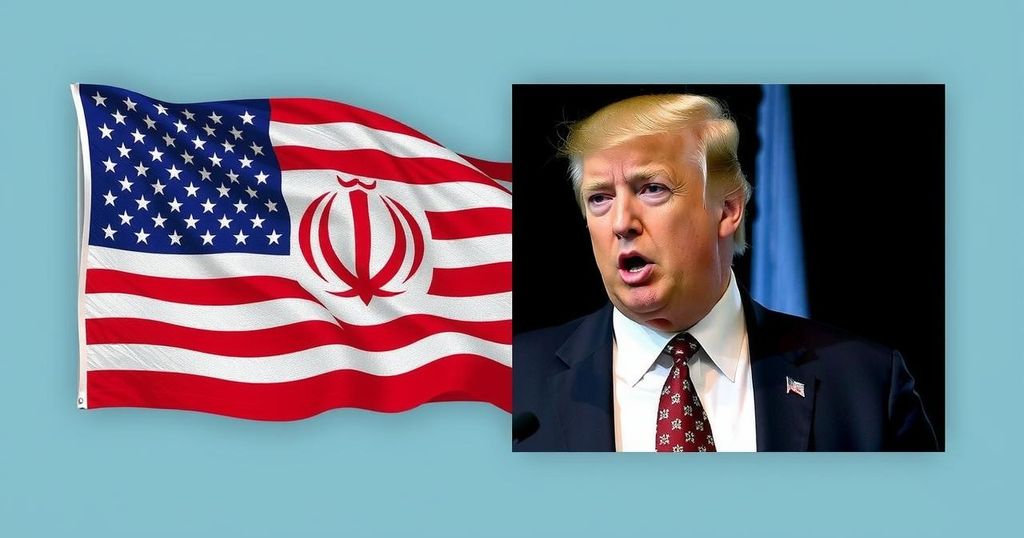Implications of Assad’s Fall for U.S. Strategy Toward Iran Under Trump
The fall of Bashar al-Assad’s government in Syria raises critical questions about U.S. foreign policy, particularly concerning Iran, under the incoming Trump administration. With potential for intensified sanctions against Iran and opportunities for regional realignment, the U.S. must navigate a complex landscape of alliances and geopolitical tensions. The outcome hinges on the U.S.’s ability to balance increasing influence against the challenges posed by a newly volatile region.
The recent fall of Bashar al-Assad’s government in Syria presents a pivotal moment for U.S. foreign policy, especially concerning Iran and its regional ambitions. Following the capture of Damascus by Syrian armed groups on December 8, 2024, questions arise about the implications for the Trump administration, as he prepares to take office once again on January 20, 2024. President Joe Biden has remarked that this event signifies a historical weakening of Iran’s influence, particularly as neither Iran, Russia, nor Hezbollah could uphold Assad’s regime. Moving forward, key considerations will include whether the U.S. will escalate sanctions against Iran, pursue regional alliances, and contemplate involvement in Syria’s reconstruction. Trump’s prior administration emphasized a “maximum pressure” strategy against Iran through sanctions, which may resurface under his renewed leadership, particularly as the U.S. seeks to exploit perceived opportunities arising from Assad’s ouster. This new geopolitical landscape could enhance U.S. influence in Syria and improve relations with regional allies, while simultaneously presenting challenges in managing competition with Russia and addressing potential military conflicts. The post-Assad scenario will likely compel the U.S. to reassess its strategic objectives in West Asia, balancing between opportunities for enhanced influence and the risks of renewed instability.
The shift in Syria’s power dynamics, particularly with the fall of President Bashar al-Assad, signals a turning point not just for Syria, but also for U.S. foreign policy, particularly regarding its interactions with Iran. The Assad regime had relied heavily on Iranian support during the civil war, and its collapse raises questions about the future of Iranian influence in the region. As the Trump administration steps back into power, previous strategies focusing on sanctions and limiting Iranian presence in the Middle East may be revitalized. The U.S.’s historical engagement in Syria has been marked by complicated relationships with various actors, and this new phase could offer opportunities to reshape alliances and strategies in the region.
The fall of Bashar al-Assad’s government instigates a potential realignment of U.S. foreign policy in the Middle East, particularly regarding Iran. Under the Trump administration, there is a likelihood of intensified sanctions and a stronger emphasis on reasserting U.S. influence in the region, potentially sidelining Iranian interests. As the U.S. navigates this complex geopolitical landscape, its strategies will need to adapt to both the opportunities and challenges that arise from this significant shift in Syria. The new dynamics underscore the importance of U.S. engagement and the potential for significant changes in the region’s political landscape.
Original Source: www.tehrantimes.com




Post Comment